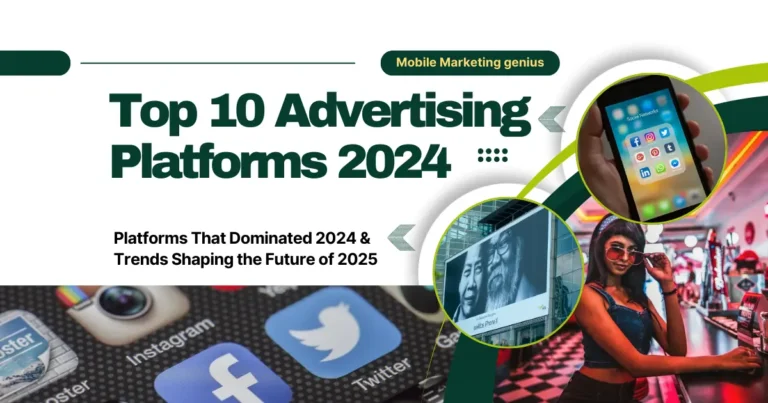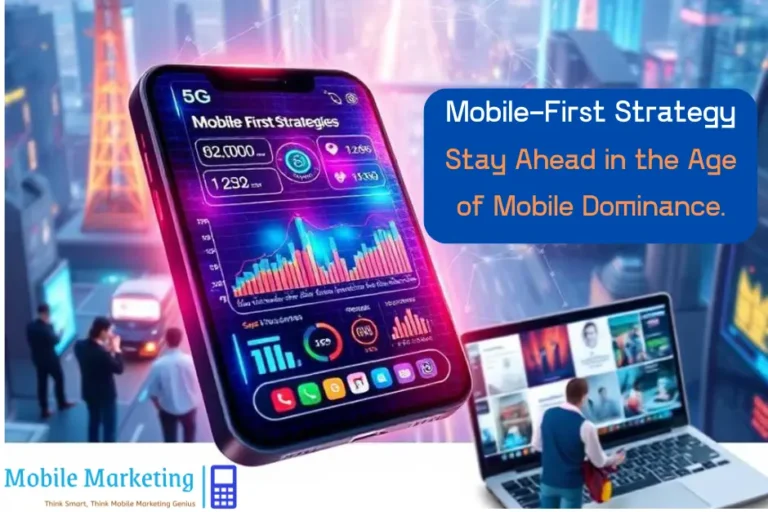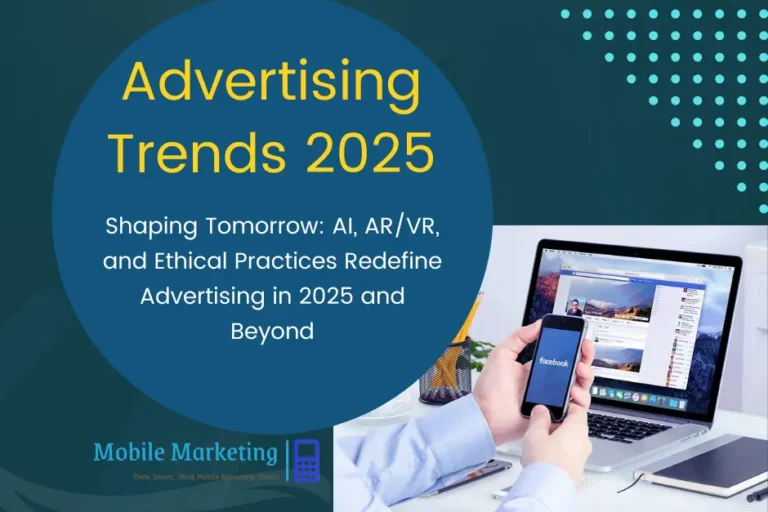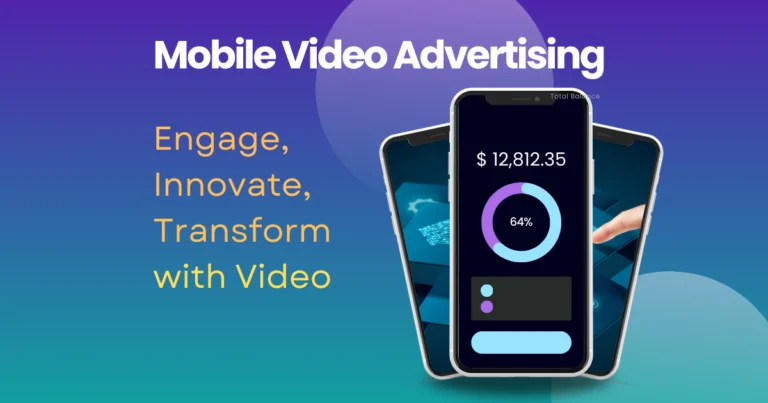Google Ads vs Facebook Ads: Choose the Best Platform for Your Mobile Marketing
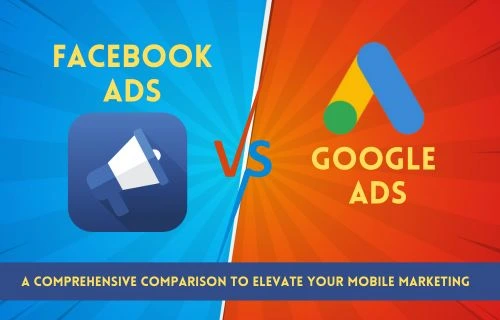
In today’s digital landscape, mobile marketing is a vital strategy for businesses aiming to reach their audience effectively. With billions of people using mobile devices daily, marketers must choose the right platform to target potential customers. Among the most popular platforms are Google Ads and Facebook Ads. But when it comes to mobile marketing, which one is best suited for your needs? In this article, we will delve into the strengths and differences of Google Ads vs Facebook Ads, offering insights into which platform might be the right choice for your marketing strategy.
Table of Contents
Understanding Google Ads
Google Ads, previously known as Google AdWords, is one of the most powerful advertising platforms globally, allowing businesses to advertise across the vast Google network, which includes Google Search, YouTube, Gmail, and Google Display Network. With various ad formats such as text-based search ads, display ads, and video ads, Google Ads offers unparalleled reach and versatility.
The strength of Google Ads lies in its ability to capture user intent. This means that when a user searches for a specific term or product, Google Ads allows you to place your ad right in front of them at the moment they are most likely to convert. The platform is keyword-driven, making it ideal for businesses looking to target specific search queries.
Updated Stat: As of 2023, Google Ads captures around 29% of the global digital ad market share.
Understanding Facebook Ads
On the other hand, Facebook Ads takes advantage of Facebook’s vast social network and the power of Instagram. Businesses can create visually rich, engaging ads that appear in users’ feeds, Instagram stories, or sidebars, blending in naturally with other social content. Facebook Ads allow advertisers to use formats such as image ads, video ads, carousel ads, and slideshow ads.
One of Facebook’s biggest strengths is its ability to leverage social interactions. Facebook Ads excel at demographic and interest-based targeting, which allows for highly personalized marketing messages. The platform enables advertisers to create custom audiences based on users’ behaviors, demographics, and interests, which helps tailor ads to specific groups effectively.
Updated Stat: Facebook Ads has a user base of over 2.8 billion monthly active users, making it one of the largest platforms for social advertising.
Targeting Options – Google Ads vs Facebook Ads
When it comes to targeting, both platforms shine in different areas. Let’s compare their strengths:
- Google Ads: Primarily uses keyword-based targeting. When users search for specific terms or products, your ad can appear based on those keywords. This intent-driven strategy ensures that you reach users who are actively searching for products or services, which can lead to higher conversion rates.
- Facebook Ads: Provides highly granular targeting options based on user demographics, interests, online behaviors, and even life events. Advertisers can target users based on what they like, the pages they follow, their age, gender, job title, and more. Additionally, Facebook’s Custom Audiences feature allows you to target users who have already engaged with your brand, creating opportunities for re-targeting.

Pro Tip: within the Google Ads vs Facebook Ads comparison, If your goal is to capture existing demand, Google Ads may be more effective. But if you want to build brand awareness and engage audiences in a personalized way, Facebook Ads could be the better option.
Cost Efficiency and Budgeting
Cost is always a major factor in any marketing strategy. Both Google Ads and Facebook Ads offer different pricing models that can suit varying budget sizes.
- Google Ads: Uses a pay-per-click (PPC) model, meaning advertisers only pay when a user clicks on their ad. This can make budgeting more flexible and controllable since you’re paying for real engagement. However, Google Ads tends to have higher costs per click (CPC) due to competitive bidding for popular keywords, especially in industries like insurance or finance.
- Facebook Ads: Also uses a bidding system, but typically has lower CPC than Google Ads. Facebook Ads can operate on cost-per-click (CPC) or cost-per-impression (CPM) models. This flexibility, combined with lower competition for ad space, often results in lower costs for engagement compared to Google Ads, making it more attractive for businesses with smaller budgets.

Updated Stat: As per the 2023 Google Ads vs Facebook Ads comparison, the average cost per click for Google Ads was around $2.69, while for Facebook Ads, it was approximately $0.97.
Ad Formats and Creativity
Ad format options play a significant role in how well your ads resonate with mobile audiences. Let’s break down what each platform offers:
- Google Ads: Offers a variety of text and display ad formats. Search ads appear on Google’s search results pages, and display ads appear on websites within the Google Display Network. For mobile marketing, Google offers app promotion ads that are designed to encourage app installs, making it a versatile platform for app developers.
- Facebook Ads: Known for its visually engaging formats, Facebook Ads offers image and video ads, carousel ads (featuring multiple images or videos), and story ads that appear within Facebook and Instagram stories. These creative formats can help capture users’ attention in a more engaging and interactive way, particularly for mobile audiences.
Image Suggestion: Examples of ad creatives for both platforms—showing a Google text-based search ad and a Facebook video or carousel ad.
Pro Tip: For Google Ads vs Facebook Ads, use Google’s search ads to capture intent and Facebook’s creative ads to drive brand engagement.
Analytics and Performance Tracking
Tracking the performance of your ads is essential to ensuring you’re getting the most out of your marketing budget.
- Google Ads: Provides a comprehensive suite of tools for tracking key metrics like click-through rates (CTR), conversion rates, and return on investment (ROI). Google Analytics integration allows you to gather deep insights into user behavior, track goal conversions, and optimize your ad campaigns accordingly.
- Facebook Ads: Facebook Ads Manager offers similar tracking capabilities, enabling you to monitor engagement, audience reach, and conversion metrics in real-time. The platform’s insights also allow you to better understand audience behavior and refine your targeting for future campaigns.
Pro Tip: Based on the Google Ads vs Facebook Ads, regularly review your campaign data to optimize and make data-driven decisions. Both platforms offer robust analytics to measure and enhance performance.
Choosing the Right Platform for Your Business
Choosing between Google Ads vs Facebook Ads depends on your business goals and target audience. Here’s a quick recap:
- If you’re aiming to capture users with high intent who are already searching for products, Google Ads might be your best option. It’s especially effective for e-commerce, B2B, and service-based industries.
- If your goal is to create demand, build brand awareness, and engage with potential customers through visually rich, social media experiences, then Facebook Ads may be the better choice. Facebook Ads work particularly well for B2C companies and those targeting specific demographic or interest groups.
However, a combined approach Google Ads vs Facebook Ads could yield the best results. By leveraging both platforms, you can capture intent-driven users on Google while creating engaging, awareness-driven campaigns on Facebook. This holistic strategy ensures you reach your audience at different stages of the buyer’s journey.
Conclusion
As per the Google Ads vs Facebook Ads comparison, it appears that both Google Ads and Facebook Ads offer powerful mobile marketing solutions, each with its own set of strengths. Google Ads excels at targeting users actively searching for products or services, while Facebook Ads offers unparalleled personalization and social engagement. The right platform for your business will depend on your marketing objectives, budget, and audience.
To maximize your mobile marketing success, consider using a combination of both platforms to capture demand while also building engagement. With robust targeting, flexible budgets, and effective ad formats, both platforms have the potential to deliver significant returns on your marketing investment.

